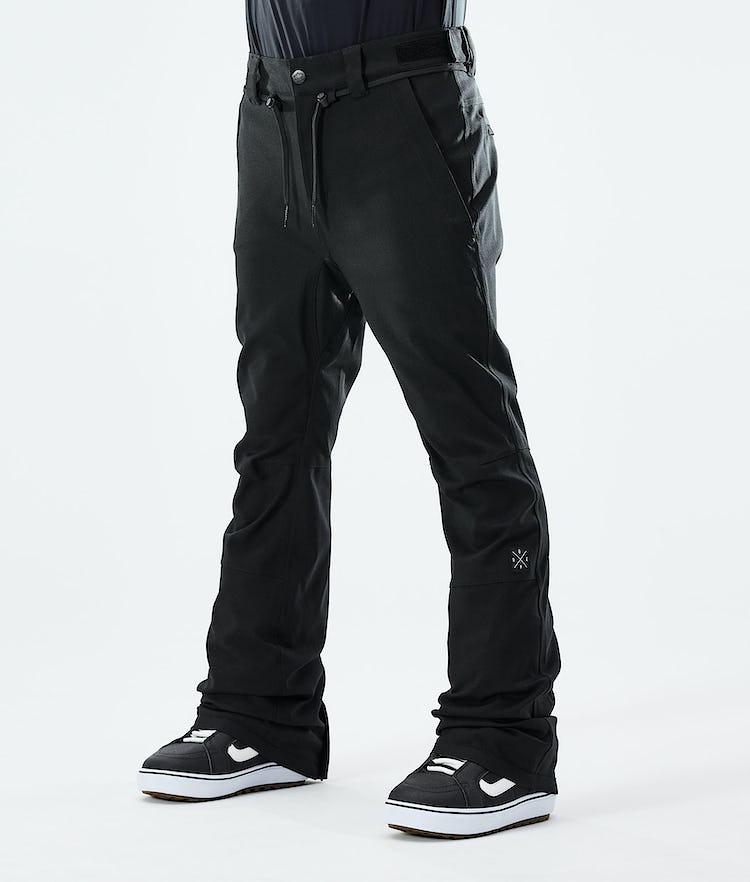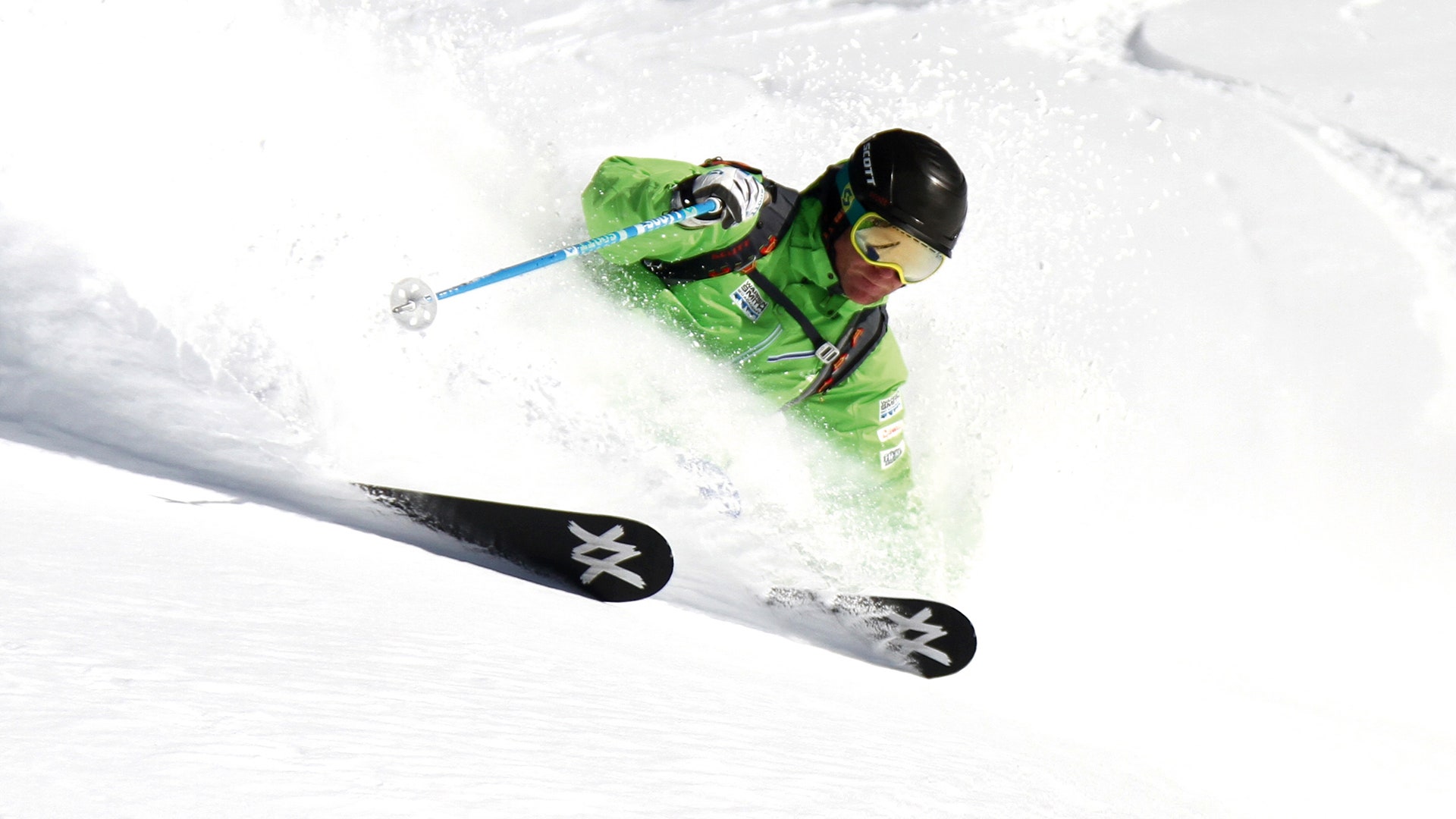
Most waterproof ski jackets are not only made to keep you dry, they are often packed with features that can help you make the most of your time on the slopes. Venting systems, removable skirts of powder, hoods compatible with helmets and removable bibs are some examples.
The best ski jackets are waterproof to a depth of 20,000mm and can handle the most extreme conditions. This means that they are suitable for the vast majority of skiers, and will keep you protected from all but the most extreme weather.
You should also choose a jacket that has a high rating for breathability. This allows your body heat escape, which helps regulate your body temperature.
This is important, especially if you are prone to excessive heat. Most of the best waterproof insulated ski jackets on this list offer a good amount of elasticity, which allows your core to breathe and wick moisture away from your skin.

The jacket should also have a variety of pockets, both exterior and interior. These are useful for storing your items in the backcountry. Some will be zip-closed, while other jackets will have small pockets for smaller items.
The pockets can be used as a place to put your phone, wallet, or even a backpack. The pockets are also compatible with the ski mountaineering harness and belt.
The pockets of most waterproof and insulated ski jackets are both interior and external. They can be very helpful for storing things in the wilderness. They may be zip-closed, but others have small pouches at the chest or arm to hold your credit card, phone or notebook.
GORETEX, a material that is popular for its weatherproofing capabilities, tends to be used in the most breathable ski coats. This material is light, very stretchy and enables you to move with ease.
Several of the breathable, lightweight ski jackets listed here also feature recycled fabric for their outer layer and insulation. This is an added benefit for the environment. It's a good idea to wash your ski clothing regularly to ensure it continues working as it should. This is especially important for jackets with both a waterproof inner lining and an outer waterproof shell.

Sustainability is one of the most popular trends in skiwear, and brands are doing everything they can to make their gear environmentally friendly. It can be achieved by using less toxic chemicals to treat fabrics or linings, and even by ensuring the energy used to produce their products is from renewable sources.
Patagonia offers a new H2No two-layer fabric for their winter 2022/23 jackets. The fabric is 100% free of PFC and aligns the brand with its commitment to environmental sustainability. Although it's not as weatherproof or as affordable as Gore-Tex fabric, the new H2No fabric is 100% PFC free and aligns with Patagonia's commitment to environmental sustainability.
FAQ
What size luggage should I carry?
The amount of luggage you take depends on the length of your trip. If you are traveling by plane, you only need hand baggage, usually less than 20kg. For a bus or train ride, however, you will require more space.
When you arrive at the airport, you will be given a form to fill out with details of your flight. This will include information such as the weight of your bags and whether you require assistance when checking them in.
Always check your luggage before you leave the house. If you don’t check it, you might end up waiting hours for everyone else to do so.
Travel light as you never know what may happen. For instance, if your bag is lost or stolen, you won’t have any clothes.
What documents should you keep with me when I travel?
To make it easy to find important documents on the road, keep copies at home. It is a good idea to have a spare copy of your passport, driver’s permit, and any other official identification cards. You might also need to keep information about your credit cards in case you use an ATM machine.
A photocopy is always a good idea. This can be used to verify your identity, if necessary.
Include copies of your reservation and itinerary. These will help with your planning and remembering where you are.
As well as this, you should keep a copy of your flight ticket and hotel reservation details. You can contact your family back home easily if you are in trouble.
You should never leave valuables behind. Make sure you have a place to store your valuables, such as a money belt or in your luggage.
To avoid costly items being lost, make sure you check your luggage before you leave.
Keep in mind: It is safer to keep it simple than to plan everything.
Let's just be relaxed and enjoy the journey!
What should I pack for a vacation trip?
Know what you want to do while on holiday. Not just packing clothes. Also, think about where and how long your stay there.
Think about the activities that you are interested in. For example, if you are going to an exotic destination, then you may want to try scuba diving. You might also want to participate in local festivals and events if you plan to stay longer.
If you have any health issues, then it is important that you tell the people who will be looking after you so they can plan accordingly.
How long does it take to fly between two countries?
The distance between airports and weather conditions will affect the flight time.
The average flight takes around 3 hours.
However, the flight time depends on many factors such as airline, aircraft types, delays at airports, weather conditions and other factors.
Which countries produce the best food?
Each country has its own cuisine. It's therefore difficult to identify the best countries for food.
But, we can still tell you where the best cuisine is!
TripAdvisor users ranked these three countries as the top three:
-
Italy - Italy was voted #1 by TripAdvisor users because of its incredible food.
-
France – France was ranked 2nd because of its rich cultural and culinary heritage.
-
Spain - Spain came in third because of its stunning beaches and amazing weather.
Statistics
- Alcoholic beverages with 24% alcohol or less are not subject to limitations in checked bags. (tsa.gov)
- Pack sweaters, jackets, and underwear in reusable compression bags creating up to 75% more space in your luggage. (wikihow.com)
- Alcoholic beverages with more than 24% but not more than 70% alcohol are limited in checked bags to 5 liters (1.3 gallons) per passenger and must be in unopened retail packaging. (tsa.gov)
- According to Maori legends, this park holds 14 fjords that were all carved by a giant stonemason with an adze. (busytourist.com)
- Between the ages of 11 and 13, kids, or tweens, will likely want some autonomy but also need boundaries. (travelandleisure.com)
External Links
How To
How to plan for your next holiday
Planning a trip includes many things such as booking flights, hotels and car rentals. You must also consider your budget, destination, weather forecast, and other important factors.
You should always remember these points while planning your next vacation.
We have prepared a step-by, step guide to help with your next vacation planning. Based on customer feedback and our own experience, this guide was created. This guide will help you plan your next vacation easily.
Steps:
-
Your Budget is an important step in planning your trip. Before you can start planning where and what you will do, you must first know how much you are willing to spend. If you don't have the money, your plans may be cancelled.
-
Book Your Flights - After determining your budget, the first thing you should do is book your tickets. Be sure to get the lowest price flight deal. You should also check to see if any airlines offer special deals during specific seasons. These deals could save you a lot of money.
-
Your Destination - Now that you've booked your plane ticket, it's time to choose where you want. Multiple factors come into play when choosing your destination, including location (where you're going), climate (what season to visit), culture (how friendly people are), and cost (how affordable it is).
-
Find Accommodations - After choosing your destination, the next step would be finding accommodations. Various accommodation options are available, ranging from cheap hostels to luxury suites. Choosing the right type of accommodation depends on your needs and preferences. If you're looking for an area close to downtown, a hotel may not be the right choice. However, homestays may be more suitable for you if your preference is quieter and away from crowds.
-
Select Activities & Attractions - After selecting your accommodation, now is the time to select the activities and attractions you wish to include in your itinerary. You can choose to include only certain activities depending on how long you stay. Or, add multiple new activities throughout the trip.
-
Determine Schedule - Now that you've selected the activities and attractions you'd like to include, it's time to determine your itinerary. A fixed schedule will ensure that you get the best value for your trip. But, it's possible to enjoy your trip more if your schedule is flexible.
-
Create itinerary – This allows you to organize all of the details for your trip. You should list all the details, from flights to accommodation to activities to restaurants.
-
Research Online – Make sure you research everything before you leave on your trip. You can read reviews and testimonials about other destinations to get their opinions. This way, you will be able to plan accordingly.
-
Don't Overpack - This is one of the most common mistakes people make when packing. Try to bring just three sets of clothes instead of five. Wear clothing that is appropriate for the climate you are visiting.
-
Be prepared. Be prepared before you set off on your trip. You don't want your trip to be ruined by searching for vital documents while you're in transit.